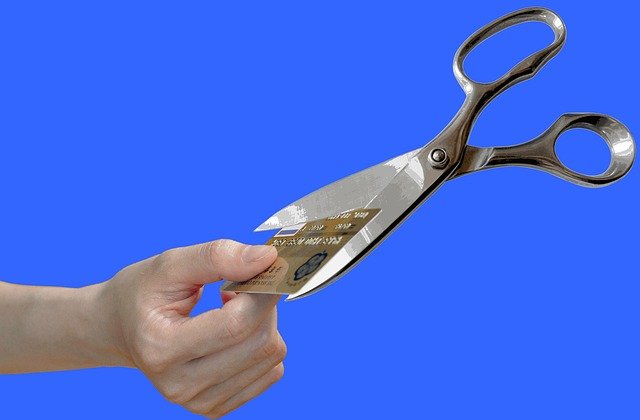Financing Underwear for Men?
It might sound absurd, but the idea of financing intimate wear for men is a mirror of our culture’s consumption patterns. This piece uses satire to expose how marketing and modern credit tools normalize spending beyond means—and how to regain control.

The modern financial landscape has introduced unprecedented flexibility in how we pay for goods, with Buy Now Pay Later (BNPL) services making it possible to finance virtually any purchase. This payment method has expanded beyond major purchases to include everyday items, raising questions about consumer behavior and financial responsibility.
How Absurd Scenarios Reveal Real Financial Habits
When consumers use financing options for basic necessities like underwear, it often signals underlying financial stress or poor money management habits. These seemingly small purchases can accumulate quickly, creating a cycle of debt that becomes difficult to manage. The ease of BNPL services can mask the true cost of living beyond one’s means, as multiple small payments spread across different platforms become harder to track than traditional credit card statements.
The normalization of financing basic clothing items reflects a broader shift in financial behavior, where immediate gratification takes precedence over long-term financial stability. This pattern often indicates that consumers are stretching their budgets thin across multiple areas of spending.
The Psychology Behind Buying for Identity Not Need
Consumer psychology plays a significant role in the decision to finance clothing purchases. Many people associate their clothing choices with personal identity and social status, leading them to prioritize brand names or specific styles over practical considerations. This emotional connection to clothing can override rational financial decision-making.
The availability of BNPL services removes the immediate financial barrier that might otherwise prompt consumers to reconsider whether a purchase aligns with their actual needs versus their desired image. The psychological satisfaction of acquiring desired items immediately can outweigh concerns about future payment obligations.
Recognizing the Signs of Performative Consumption
Performative consumption occurs when purchases are made primarily to project a certain image rather than fulfill genuine needs. Warning signs include buying items to impress others, choosing expensive brands when affordable alternatives would suffice, and making purchases based on social media influence rather than personal necessity.
This behavior becomes particularly problematic when combined with BNPL services, as the deferred payment structure can enable continued performative spending without immediate financial consequences. Consumers may find themselves committed to multiple payment plans for items that don’t significantly improve their quality of life.
How Credit Systems Exploit Lifestyle Aspirations
BNPL providers strategically market their services by emphasizing lifestyle enhancement and financial flexibility rather than highlighting the debt implications. These companies often partner with retailers to offer seamless checkout experiences that make financing feel effortless and normalized.
The marketing focuses on enabling desired lifestyles rather than addressing financial limitations, which can encourage consumers to view BNPL as a tool for lifestyle maintenance rather than a form of credit that requires careful management. This approach can lead to overextension across multiple platforms and payment schedules.
| BNPL Provider | Service Type | Typical Fee Structure |
|---|---|---|
| Klarna | Fashion/Retail | $0-7 late fees, interest-free if paid on time |
| Afterpay | General Retail | $8 late fees, 25% of purchase price maximum |
| Affirm | Various Categories | 0-30% APR depending on creditworthiness |
| Sezzle | Fashion/Beauty | $5-10 late fees, reschedule fees available |
Prices, rates, or cost estimates mentioned in this article are based on the latest available information but may change over time. Independent research is advised before making financial decisions.
Ways to Detox from Consumerism Without Shame
Breaking free from excessive consumption patterns requires practical strategies rather than self-judgment. Start by conducting a spending audit to identify patterns and triggers that lead to unnecessary purchases. Create a waiting period before making non-essential purchases, allowing time for rational evaluation.
Develop alternative activities that provide satisfaction without financial cost, such as organizing existing belongings, exploring free entertainment options, or focusing on experiences rather than material acquisitions. Building awareness of marketing tactics and social pressures can help maintain perspective on genuine needs versus manufactured desires.
Establish clear financial boundaries by setting spending limits for different categories and using cash or debit cards instead of credit options for everyday purchases. This approach creates natural friction that encourages more thoughtful spending decisions.
The proliferation of BNPL services for basic items like underwear reflects broader changes in consumer behavior and financial management. While these services can provide legitimate flexibility for some consumers, they also enable spending patterns that may not align with long-term financial health. Understanding the psychological and systemic factors that drive these behaviors empowers consumers to make more intentional financial choices that support their actual needs and goals rather than temporary desires or social pressures.




